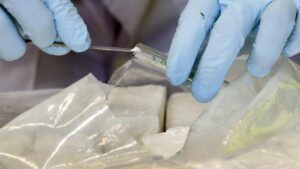Author: N.P. Xekoukoulotakis, C. Drosou, C. Brebou, E. Chatzisymeon, E. Hapeshi, D. Fatta-Kassinos, D. Mantz
Year: 2011
Publisher: Catalysis Today, Elsevier, 161(1), 163-168.
File: Click Here
Description:
The photocatalytic degradation and mineralization of the antibiotic sulfamethoxazole (SMX) in aqueous TiO2 suspensions was investigated. UV-A irradiation was provided by a 9 W lamp at a photon flux of 2.81 × 10−4 Einstein/min and runs were performed at SMX initial concentrations between 2.5 and 30 mg/L, six commercially available TiO2 catalysts at loadings between 100 and 750 mg/L, acidic or near-neutral conditions and three different water matrices. Of the various catalysts tested, Degussa P25 was highly active, i.e. nearly complete SMX degradation and mineralization could be achieved after 30 and 120 min of reaction, respectively at 10 mg/L SMX and 250 mg/L catalyst concentrations. SMX and organic carbon conversion decreased with decreasing titania loading and dissolved oxygen concentration and increasing SMX concentration and solution pH. The presence of non-target constituents in environmental samples only marginally affected SMX degradation. For the range of concentrations studied, a Langmuir–Hinshelwood kinetic model can describe the process.



